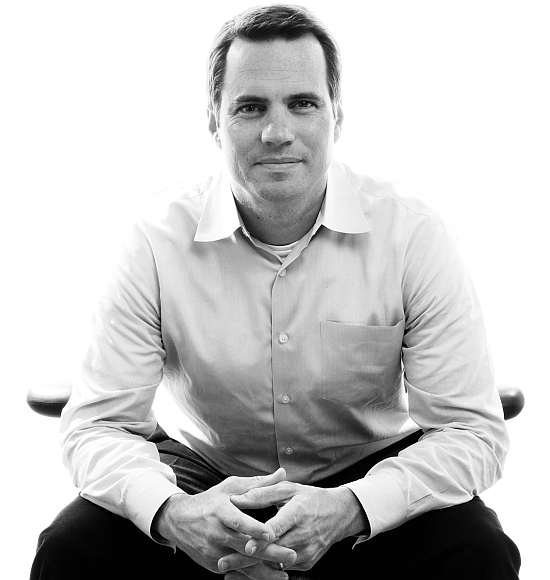The time is right for the marriage of CPGs’ new product development expertise and retailers’access to shoppers and ability to execute. Today there are constant questions about traditional media’s effectiveness, a segmented customer base, and a vast majority of purchase decisions being made at the store shelf. In this light, who can justify the traditional brand or new product development cycle? Something more insightful, more collaborative and – above all – more agile is called for. This is manutailing.
The following is the first of three installments beginning with an evaluation of the current market landscape, followed by the history of the private label, and concluding with a closer at Manutailing.
Today, retailers – specifically grocery and mass merchandisers – are rethinking conventional business models. Once relegated to replicating CPGs’ offerings with a lower price and lesser-performing “value” alternative, they are now creating brands based on distinct consumer need states. And this, given the recent history of PL success stories – including Kroger’s Disney wellness line as well as Safeway’s Eating Right and “O” Organics – is just the beginning of larger changes to come. There are three key elements driving this belief:
1. Consumer Behavior:
Comprehensive analytics of loyalty card data are providing deep behavioral insights into retailers’ customers. By understanding the combinations of purchases in shopping trips and analyzing switching behavior over time, retailers are gleaning insights and perspective that surpass those available to CPG’s.
2. Retail Formats:
Some of the most successful retailers are exclusive brand retailers. IKEA, H&M, Apple – all derive the majority, if not all, of their revenue from their own brands. Many leading retailers are now discontinuing third- and fourth-place CPG brands to create focused choice and cleaner stores. And the much-heralded success of Trader Joe’s has proven that own-brand penetration of 70 percent doesn’t have to come at the expense of consumer satisfaction with selection. In most food categories, Trader Joe’s offers only its house-branded products, one-upping the other highly praised format, club stores, where product selection is normally limited to one national brand and one very well-received private label alternative. All of these formats justify, if not prove, that consumers are comfortable with significantly less choice. And an inspired – and inspiring – PL offering can be that choice the majority of the time. But narrower choices means CPGs need to make the right choice. Card data is a crucial tool here.
3. Consumer Expectations:
What we’ve learned is that consumers get this. They understand the private label concept – that retailers source similar (if not the same) products and present them under the retailers’ own names or a unique brand, and sell them for less. But now consumers expect a strong private label offering. Because of great experiences with the exclusive retailers and the history of strong PL programs as with Loblaw’s, Safeway, Kroger, Target, Costco and others, consumers expect, or actually demand, strong private label alternatives.
Eric Ashworth is Chief Strategy Officer for Anthem Worldwide
By combining this level of understanding with an ever evolving and more sophisticated supplier base, retailers are able to act on new consumer trends far more quickly. The net for manufacturers is that new product introductions (often costing $20 million or more) were once justified by the fact that there was time to “build a brand” through trial campaigns and repeat programs. Retailers, in turn, would wait for the brand to develop and then launch their own branded version once the business hit certain predetermined dollar thresholds. Now retailers are so in tune with their consumers’ needs and have such responsive manufacturing networks that they are able to identify and mimic new products in a much shorter period of time – in essence “chopping the tail” off the CPG’s investment recovery curve.
What Does This Mean?
Today there is far more cost-recovery risk for CPGs launching new brands. They no longer have the consumer attention and limited-competition landscape to build their brands. Therefore, there will be a reduction of those big media spends for new brand launches; half as many new brands were launched in Q1 2009 as the year before1, and fewer brands will succeed. CPG manufacturers can wait for the market to produce new brands – e.g., SOBE or Burt’s Bees – but amid the competition, they’ll have to overpay for the limited number that prove successful. In October 2007, The Clorox Company signed a deal for $925 MM for Burt’s Bees, paying a premium of over five times the brand’s annual sales of $170 MM.
And retailers are showing no signs of slowing their production. On the contrary, in some cases, they have been criticized for simply “chasing targets” in the number of new products they are generating, without apparent concern for how overall sales will be impacted. This observation was brought to light in a recent issue of the Australian Financial Review, citing retailer Coles’ rapid launch of house-branded products (including a “You’ll Love Coles” energy drink) that cropped up on shelf long before time would allow for standard market research.
ABOUT THE AUTHOR
Eric Ashworth is Chief Strategy Officer for Anthem Worldwide where he leads large-scale branding initiatives for major retailers and CPG companies across the globe. Eric has held senior brand and marketing management positions at global branding agencies and consumer product companies. Eric has served as a guest lecturer on brand strategy at the Haas School of Business at the University of California, Berkeley.
CREATIVE COMMONS LICENSE

Manutailing by Eric Ashworth, Chief Strategic Officer For Anthem Worldwide is licensed under a Creative Commons Attribution-Noncommercial-No Derivative Works 3.0 United States License.

